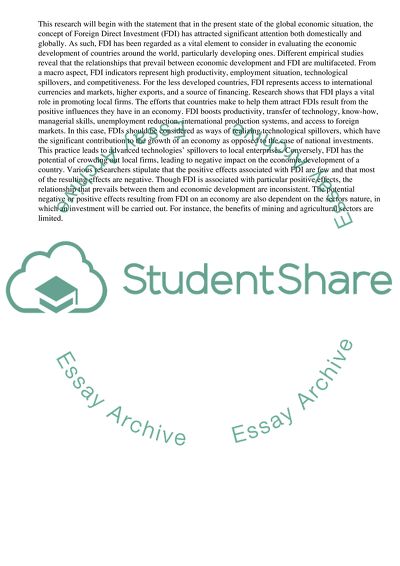Cite this document
(“The International Business Environment Essay Example | Topics and Well Written Essays - 3750 words”, n.d.)
The International Business Environment Essay Example | Topics and Well Written Essays - 3750 words. Retrieved from https://studentshare.org/business/1665422-the-international-business-environment
The International Business Environment Essay Example | Topics and Well Written Essays - 3750 words. Retrieved from https://studentshare.org/business/1665422-the-international-business-environment
(The International Business Environment Essay Example | Topics and Well Written Essays - 3750 Words)
The International Business Environment Essay Example | Topics and Well Written Essays - 3750 Words. https://studentshare.org/business/1665422-the-international-business-environment.
The International Business Environment Essay Example | Topics and Well Written Essays - 3750 Words. https://studentshare.org/business/1665422-the-international-business-environment.
“The International Business Environment Essay Example | Topics and Well Written Essays - 3750 Words”, n.d. https://studentshare.org/business/1665422-the-international-business-environment.


